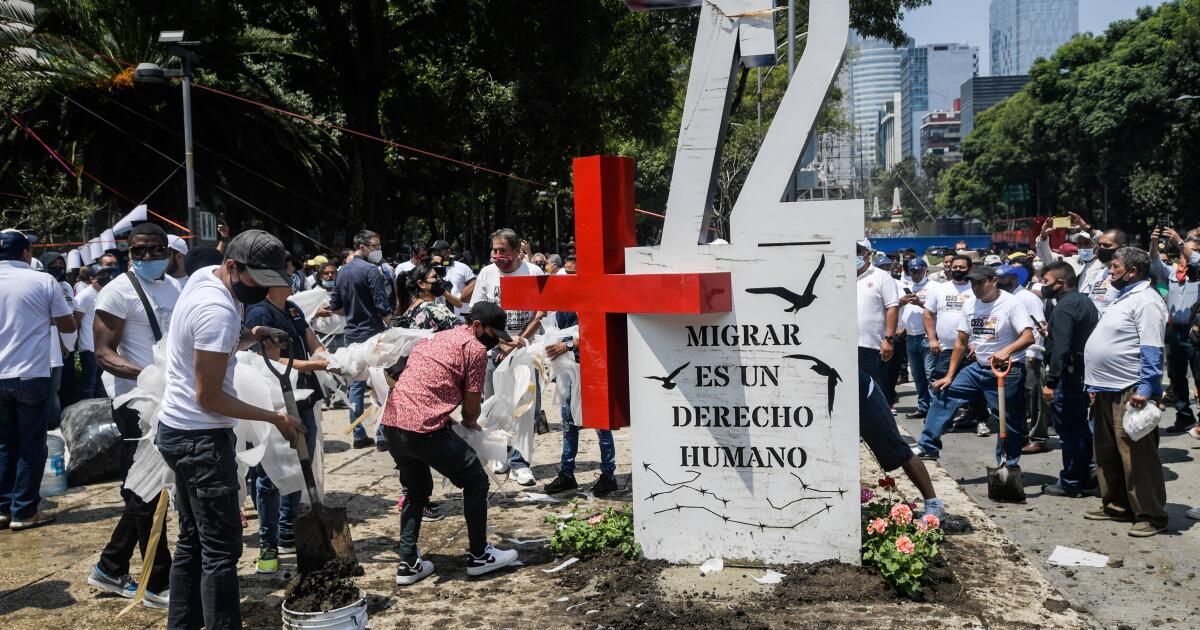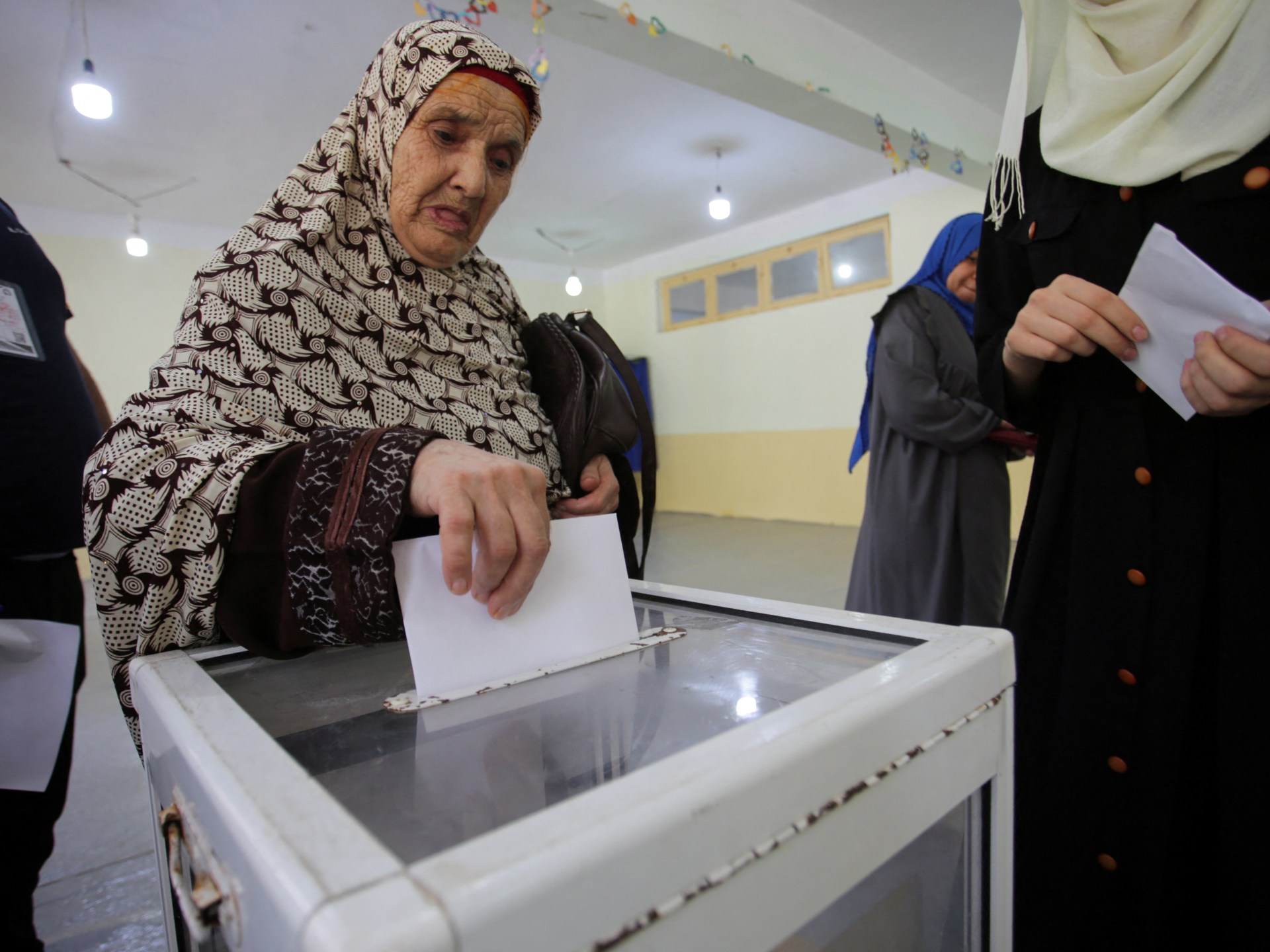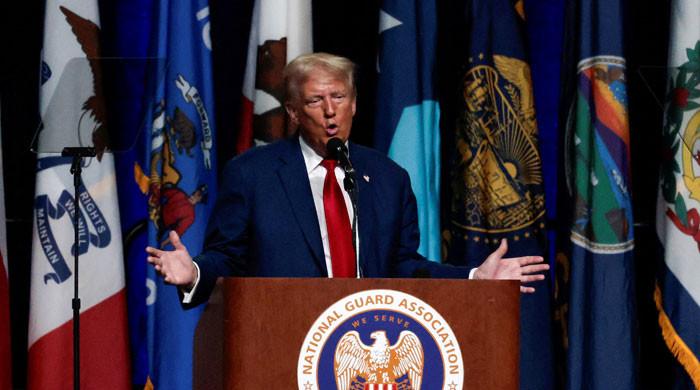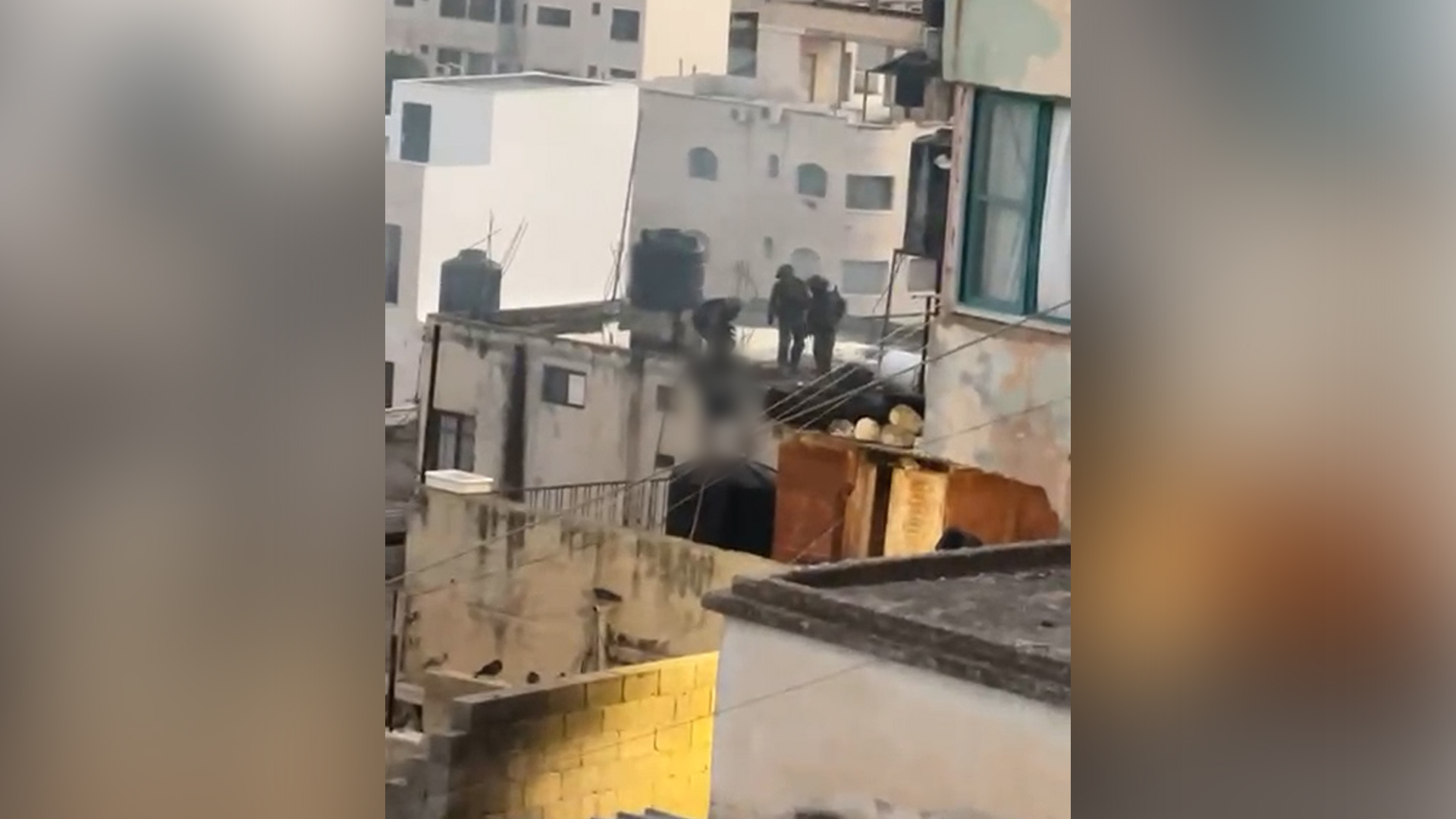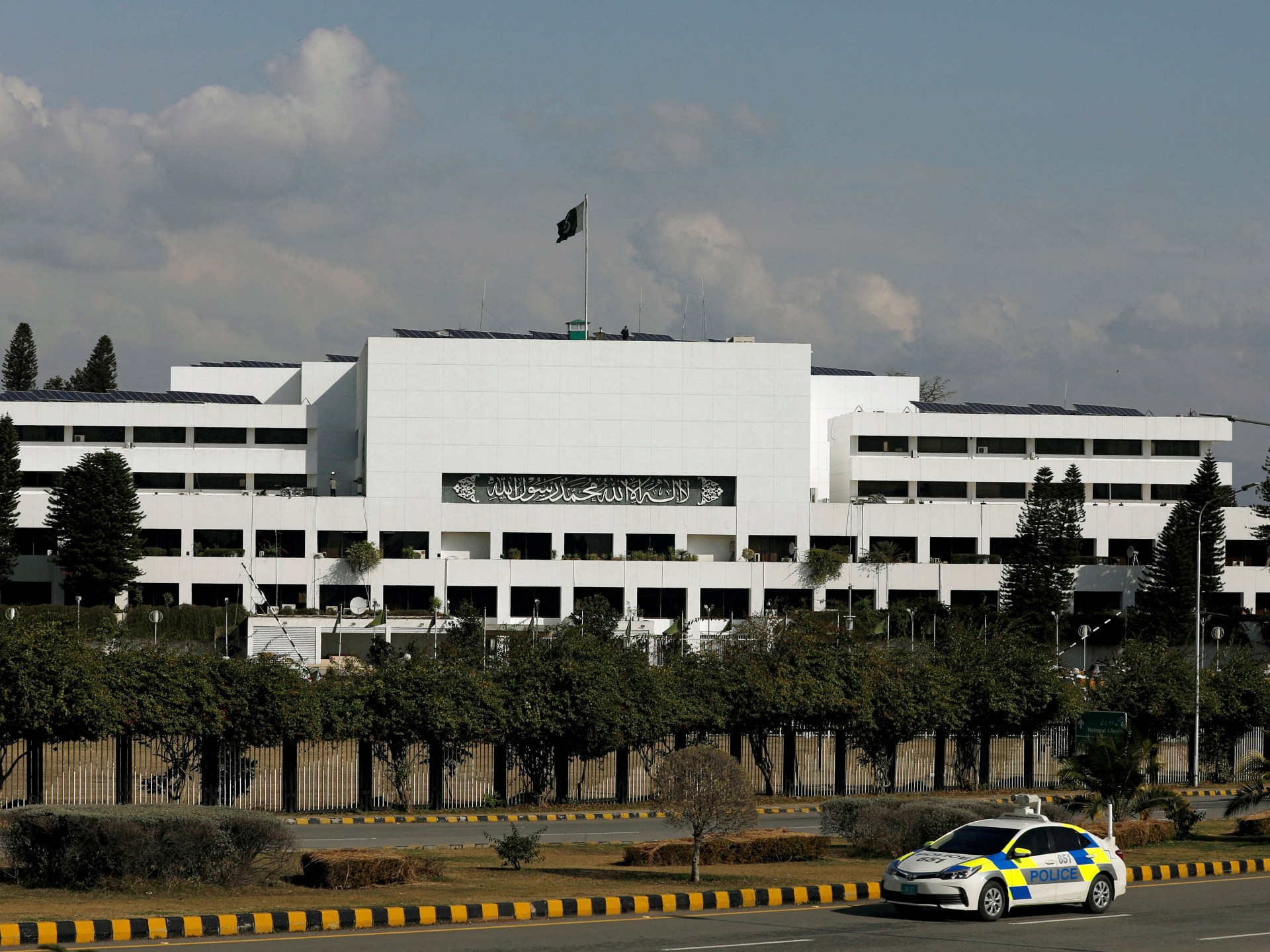It is one of Mexico's most notorious crimes: the murder of at least 265 migrants heading to the United States in two separate massacres more than a decade ago.
The victims, mostly Central Americans, were kidnapped from buses heading to Mexican cities near Texas. Their bodies were discovered in 2010 and 2011 about 160 kilometers from the border, in the municipality of San Fernando. Some showed signs of torture.
Activists and victims' families have long accused Mexican authorities of delaying the investigation in an attempt to conceal official complicity. The case seemed destined to disappear like so many others.
Police stand guard outside a morgue in Mexico City in 2011.
(Alfredo Estrella/Getty Images)
Then last week, Mexico's Attorney General's Office announced that 11 former members of the notorious Zeta cartel had been convicted of murder and sentenced to 50 years in prison.
But rather than giving the sense that justice had finally been served, the news quickly became a reminder of how much remains unsolved in the case.
“This took 13 years and there is still a lot that is not known,” said Yesenia Valdez, a lawyer with the Foundation for Justice, a nonprofit that represents the victims’ families. “The government’s plan for years has been to make these criminal acts and extreme human rights violations as invisible as possible.”
The prolonged episode has been “shameful,” said Marcela Turati, a Mexican journalist whose book “San Fernando: Last Stop” recounts the massacres and their aftermath.
The case, often referred to simply as San Fernando, marked the beginning of a dark era in which discoveries of clandestine graves became increasingly common as gang wars spread across much of the country. Mexico now has more than 100,000 “disappeared.”
The first massacre occurred in August 2010. There were two survivors: one, an 18-year-old Ecuadorian named Luis Freddy Lala, who was reportedly on his way to join family members in New Jersey when gunmen forced him and other migrants off a bus and took them to an abandoned farm shed, tied their wrists together and forced them to lie face down on the ground.
“Suddenly I started hearing gunshots,” Lala recalled to Ecuador’s GamaTV in 2018. “I thought they were shooting nearby, but no, they were shooting at my friends. Then they shot at me. They finished shooting and left. They killed everyone.”
Wounded in the neck and jaw, Lala pretended to be dead. Once the killers had left, he set out on foot to find help. He met up with some troops and provided them with enough information to lead them to a remote ranch known as El Huizachal and a gruesome scene: the bodies of 58 men and 14 women, all shot to death, execution-style.
Among those who first investigated the murders were the head of security in San Fernando and a municipal prosecutor. Both were found dead days later.
In 2022, the Attorney General's Office announced that 18 former members of the notorious Zetas cartel had been convicted in connection with the massacre and received prison sentences ranging from 13 to 58 years. The charges included kidnapping, drug trafficking and illegal possession of firearms, but not murder.
Last week's sentences related to the second San Fernando massacre, in which many victims were beaten to death.
In April and May 2011, authorities found a total of 196 bodies in 47 graves. It was unclear how long the remains had been there.
The convictions related to the killing of 122 migrants, according to prosecutors, who have not spoken publicly about the status of the other cases. Trials in Mexico are not held in public, and authorities have been especially tight-lipped about the San Fernando investigation.
Among those sentenced is Salvador Alfonso Martinez Escobedo, a former regional Zetas boss known as “La Ardilla,” an apparent reference to his buck teeth. He had already been singled out by the Mexican military as the “mastermind” of the first massacre and has been in prison since 2012 for a variety of other crimes, including two mass prison breaks and the 2010 murder of an American motorcyclist who was shot while he and his wife were riding along a border lake.
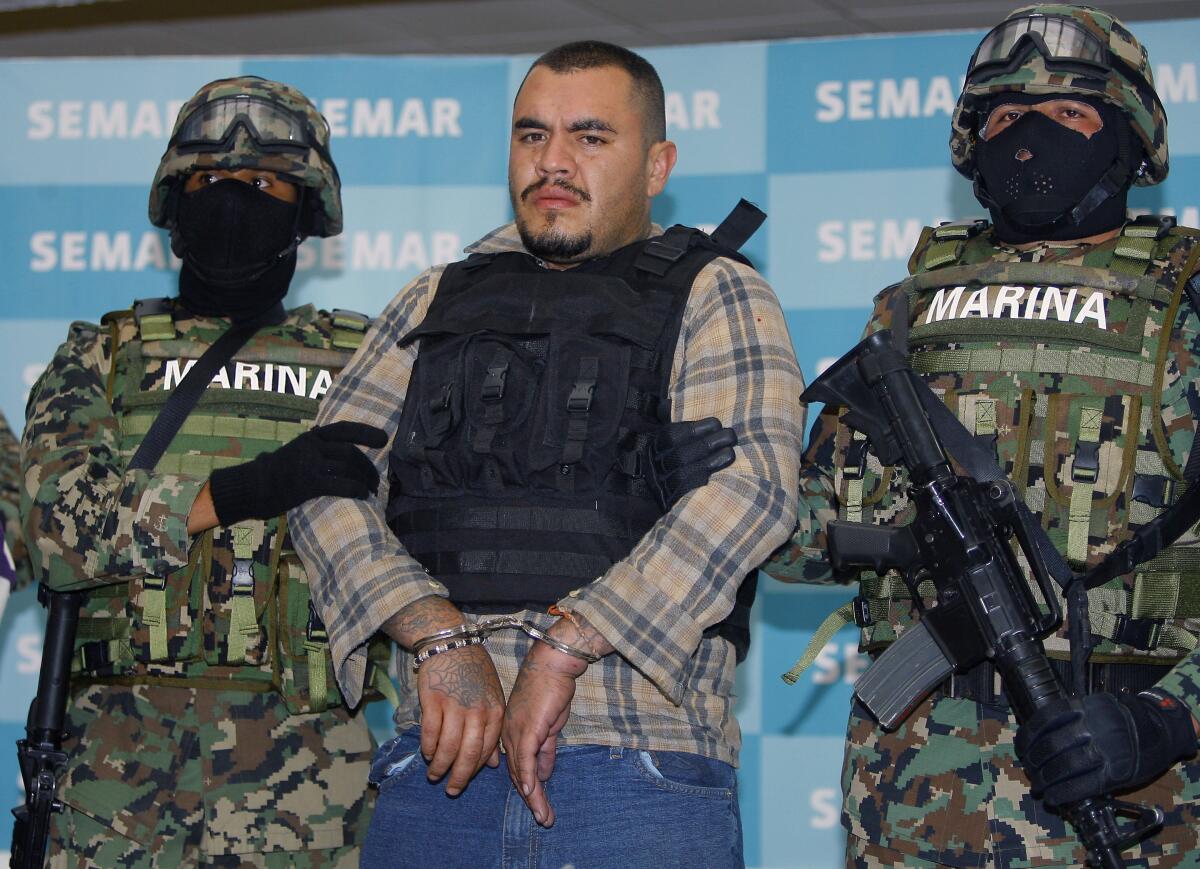
Omar Estrada Luna, of the Los Zetas drug cartel, is shown to the press in Mexico City in 2011.
(Getty Images)
What has caused skepticism about last week’s news is the fact that no police officers were included among those convicted, despite evidence that San Fernando police officers were enthusiastic shills for the Zetas. In 2014, a memo from Mexican federal prosecutors surfaced alleging that San Fernando police performed “surveillance” duties for the Zetas, assisted in “interceptions” of people and were on the Zetas’ payroll. Instead of transporting prisoners to the city jail, known as “the Pentagon,” the officers “simply handed them over to the Zetas,” one police official told investigators.
Federal authorities initially arrested 17 San Fernando police officers in connection with the killings, according to the memo. It is unclear whether any of them were charged, convicted or sentenced.
Authorities have also not determined a motive for the killings, though some speculate that the Zetas may have viewed the migrants as clients of a different cartel that competes in the human trafficking business.
“This is not justice,” said Baudilio Castillo, a 63-year-old Guatemalan farmer whose 23-year-old son, Baudilio Alexander, was designated by authorities as the “14th corpse” pulled from “Well 1” in 2011. He had left his village with plans to join an older brother in Louisiana, save some money and return home in a few years to buy a house, get married and start a family.
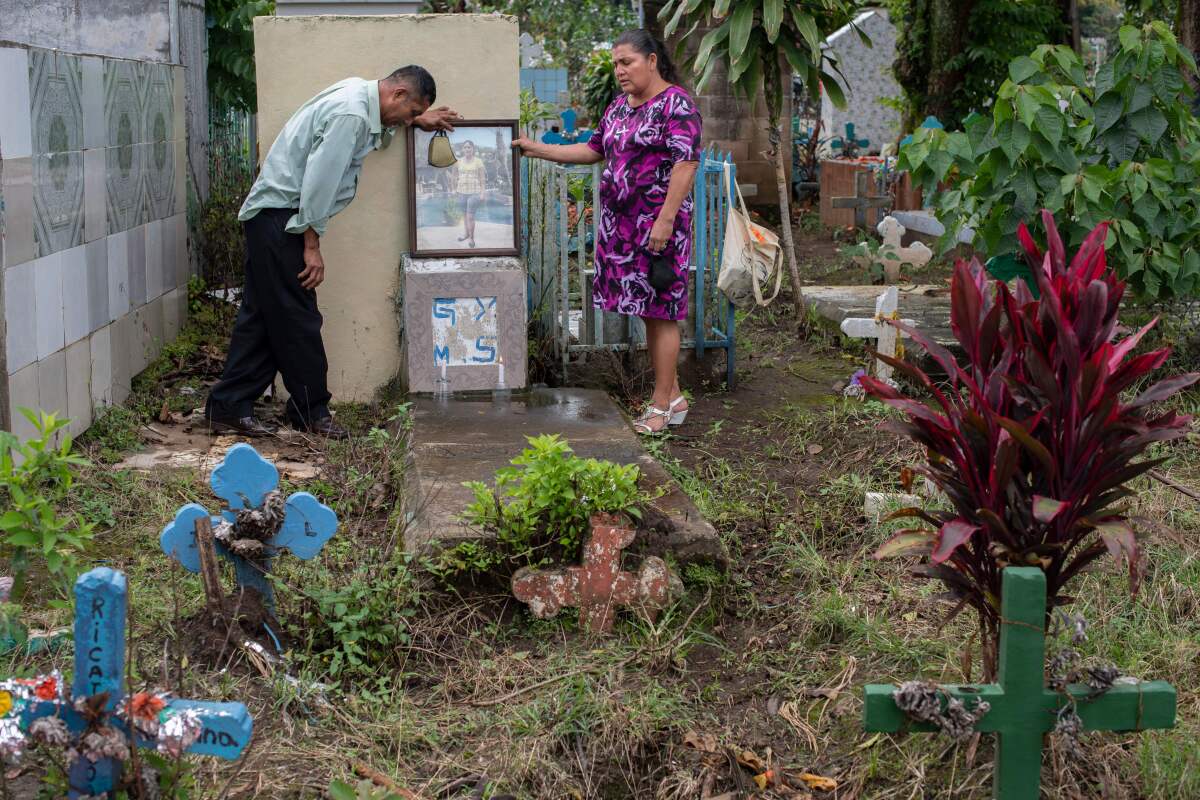
Mirna del Carmen Solorzano and her husband Miguel Ángel Medrano visit the grave of their daughter Glenda in Jayaque, El Salvador, in 2020.
(Yuri Cortez/Getty Images)
“My son died in a very cruel way. They opened his head,” Castillo said. “It’s not just that many of those responsible are still free and, even though they are in prison, they can see their families. We will never see our son again.”
Many families accuse Mexican officials of obstructing the investigation to conceal official collusion and avoid paying any compensation.
“Now they say there are convictions, but are they all involved in the crime?” asked Bertilia Parada, whose son, Carlos Alberto, 26 at the time, was among those dumped in a mass grave. “I don’t believe anything the Mexicans say. All they have given us are years of trauma and suffering.”
She and other relatives of the dead said official indifference was evident from the first weeks of 2011, when unclaimed luggage piled up at bus stations in Mexican border cities.
“How is it possible that buses keep arriving without passengers, only with suitcases, and no one notices that something is wrong?” asks Parada, 65, who makes a living selling pupusas in El Salvador.
Families waited years for their loved ones' remains to arrive home after complex DNA testing. In some cases, bodies were cremated without consent or the wrong remains were delivered. Parada was among those who traveled to Mexico to ensure her son's bones were returned to El Salvador and not cremated.
“It would have been like killing my son all over again,” she said in a telephone interview. “At least now it gives me some comfort to go to his grave on his birthday and leave a flower.”
Special correspondent Cecilia Sánchez Vidal contributed to this report.

